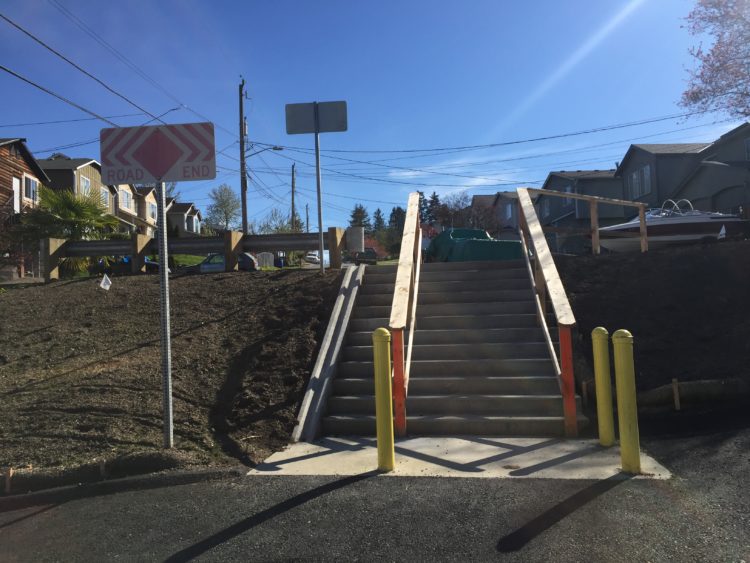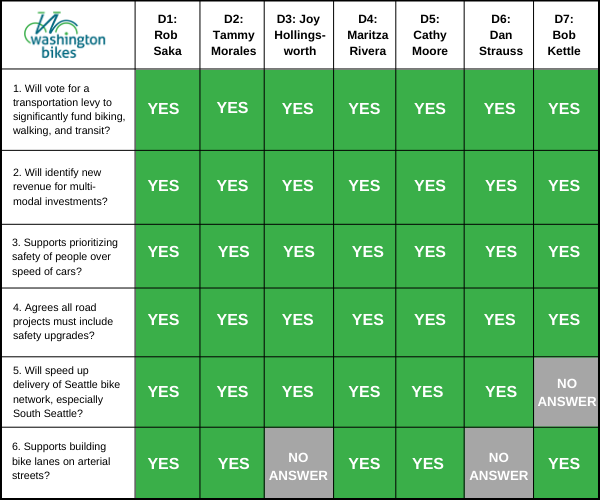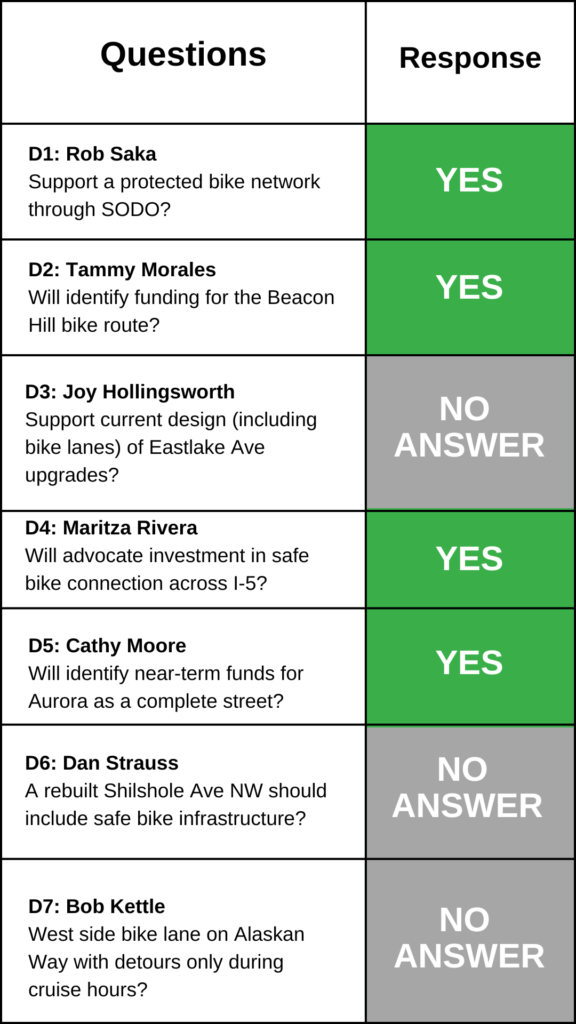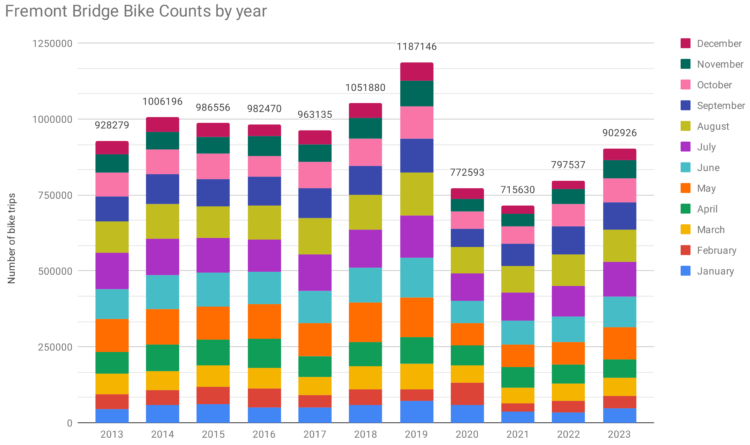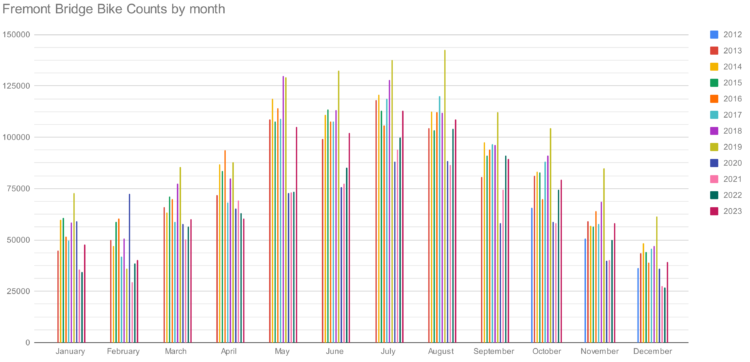Neighborhood greenways have a hit and miss history in Seattle. Sometimes they create fantastic all ages and abilities walking and biking connections, and sometimes they are so heavily compromised that they do very little. So as Seattle prepares to create a new transportation plan and craft a new transportation funding measure, we should probably get a handle on what works, what doesn’t and why.
Ryan Packer at the Urbanist posed the issue in a recent post:
Seattle’s greenway network turns 12 years old this year, with the 39th Avenue NE greenway in Wedgwood one of the very first corridors that the Seattle Department of Transportation (SDOT) upgraded when it tried out the idea in mid-2012, right after N 43rd and N 44th Streets in Wallingford. At the time, Seattle was following in the footsteps of Portland, Oregon, which officially started branding its bike boulevards “neighborhood greenways” in 2009, but which had been implementing projects like them going back to the 1980s.
As Seattle starts to consider the next iteration of the 2015 Move Seattle levy, which expires at the end of the year, the city has an opportunity to reassess how neighborhood greenway infrastructure has been implemented, and how big of a role the continued expansion of the network should have moving forward. With significant gaps still remaining in the on-street bike network, and many miles of bike lanes still in need of upgrades in the form of physical protection and signal infrastructure, 2024 could be a key decision point.
Read more…
Most (or perhaps all) of the worst neighborhood greenways in Seattle have one thing in common: They were created not to build new connections for people but rather as a way for SDOT to avoid building bike lanes and better crosswalks on a nearby arterial street. Many of the city’s worst neighborhood greenways were started for the wrong reasons and had project-breaking limitations baked into them from day one.
A great (or terrible?) example is the stretch of neighborhood greenway on 17th Ave SW in Delridge. Picture this: You’re biking along, following the helpful signs pointing the way along the neighborhood greenway when all of sudden there is a staircase in the middle of the road.
